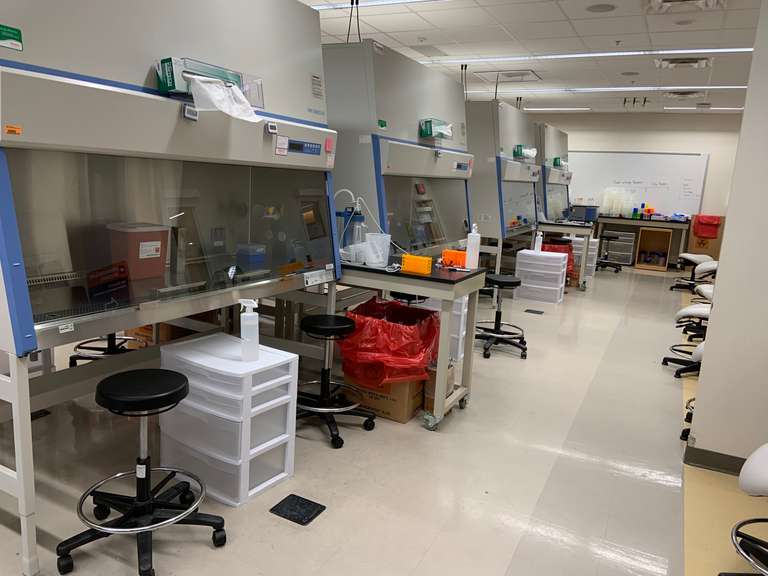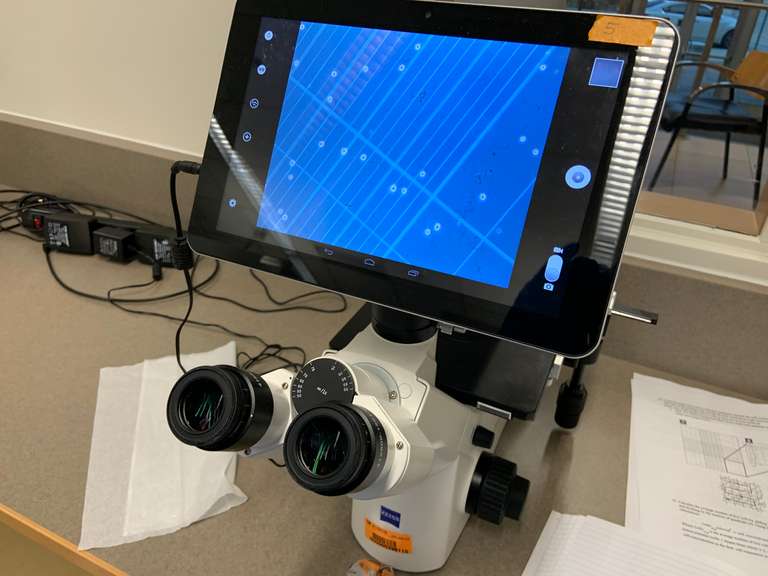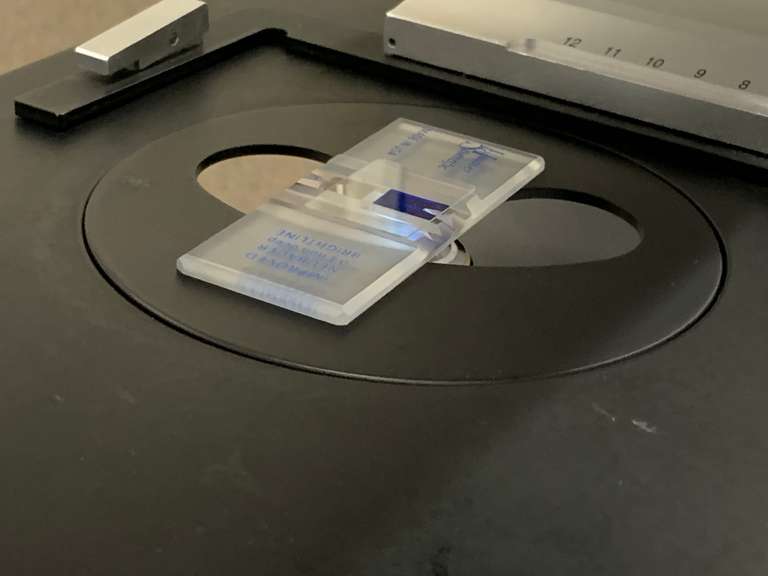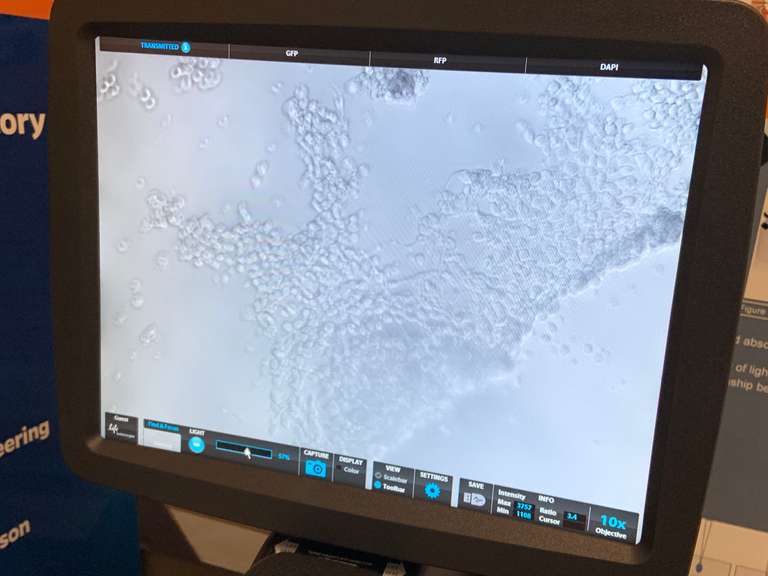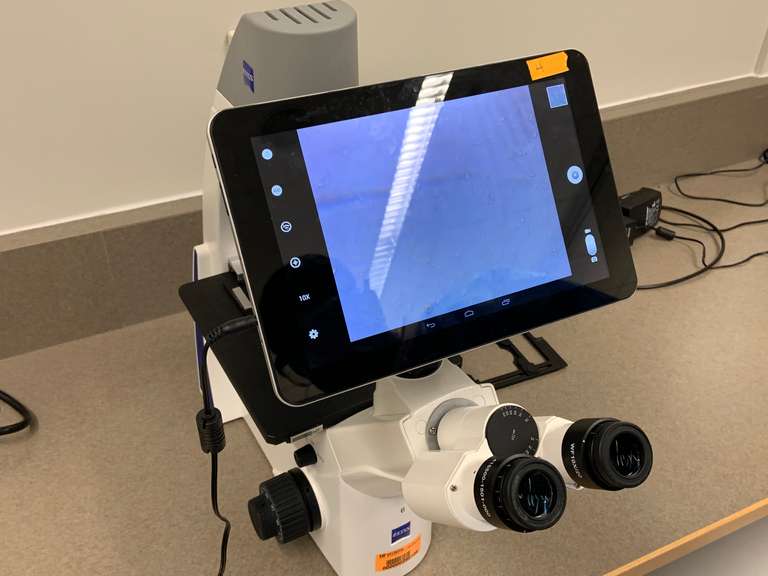Cell Culture Workshop
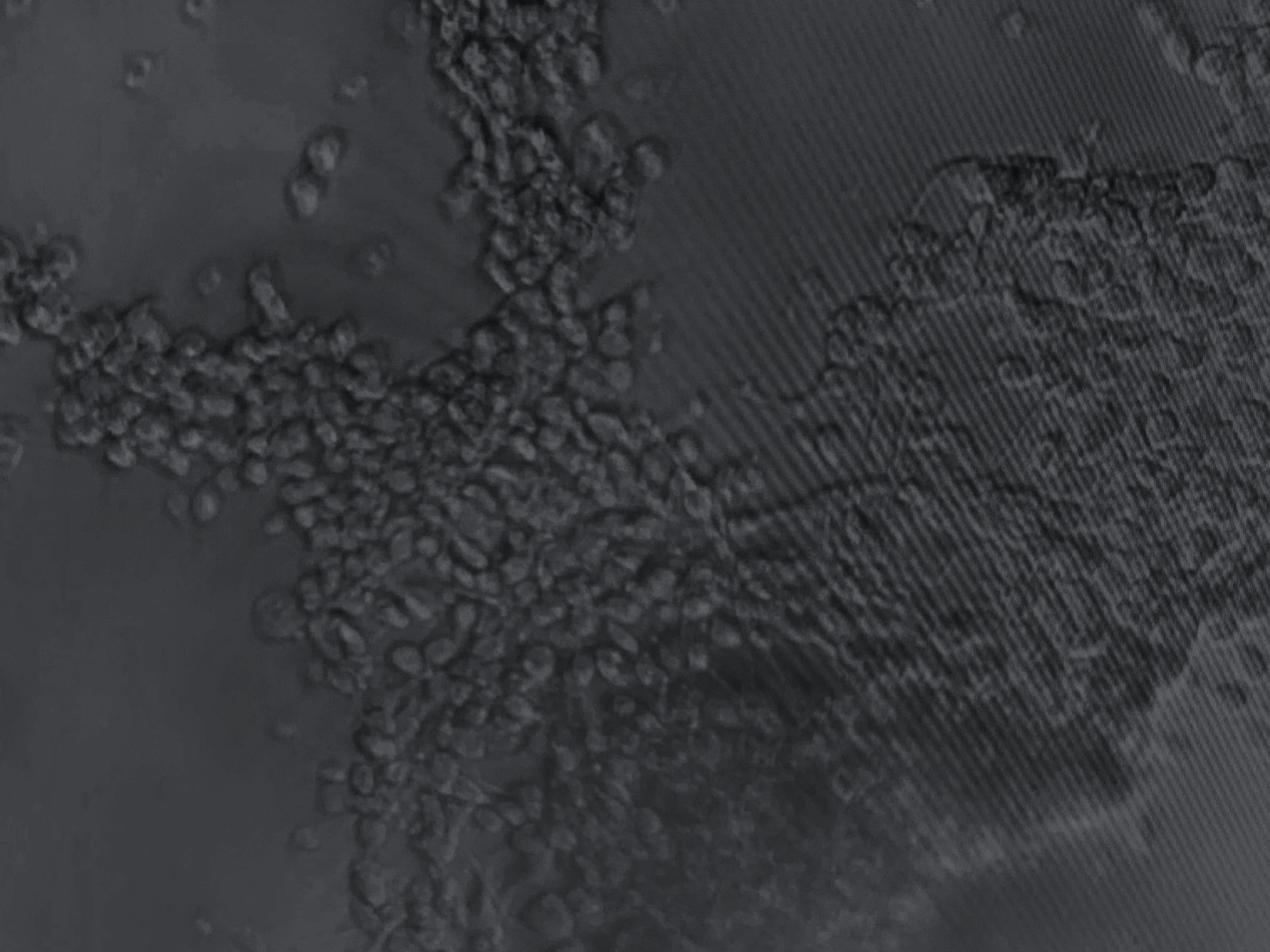
Purpose
To develop hands-on proficiency in essential cell culture techniques, including pipetting, cell thawing, passaging, freezing, staining, and viability assays. These skills are fundamental in biomedical research, drug discovery, and clinical laboratory settings.
Background
Through a series of laboratory exercises, I gained experience in sterile technique, precision liquid handling, and quantitative cell analysis. These protocols are commonly used in academic and industry labs for maintaining and assessing cell health in experiments related to regenerative medicine, cancer research, and pharmaceutical testing.
Techniques & Skills Gained
- Pipetting & Serological Pipetting (Figure 1) – Accurate liquid transfer at microliter and milliliter scales
- Cell Thawing & Cryopreservation – Handling frozen cell stocks for experimental reproducibility
- Cell Passaging & Plating – Maintaining healthy cell cultures for ongoing studies
- Hemocytometer Counting & Trypan Blue Staining (Figure 2) – Determining cell viability and concentration
- Cell Viability Assays (Alamar Blue) – Assessing metabolic activity as a measure of cell health
- Fluorescent Staining (Hoechst 33258) (Figure 3) – Visualizing and quantifying nuclei in cell populations
Applications in Industry & Research
These techniques are widely used in:
- Pharmaceutical & Biotech Labs – Drug screening and toxicology studies
- Clinical & Diagnostic Labs – Quality control of cell-based therapies
- Academic Research – Investigating cellular responses in disease models
Summary of Findings
Throughout these lab exercises, I refined my ability to work aseptically, handle cells reproducibly, and generate quantitative data for biological analysis. These skills are directly transferable to roles in biomedical research, biotechnology, and clinical laboratory science.
Fig. 1 Laboratory setting for cell culturing workshop
Fig. 2 Hemocytometer Counting & Trypan Blue Staining
Fig. 3 Laboratory setting for cell culturing workshop
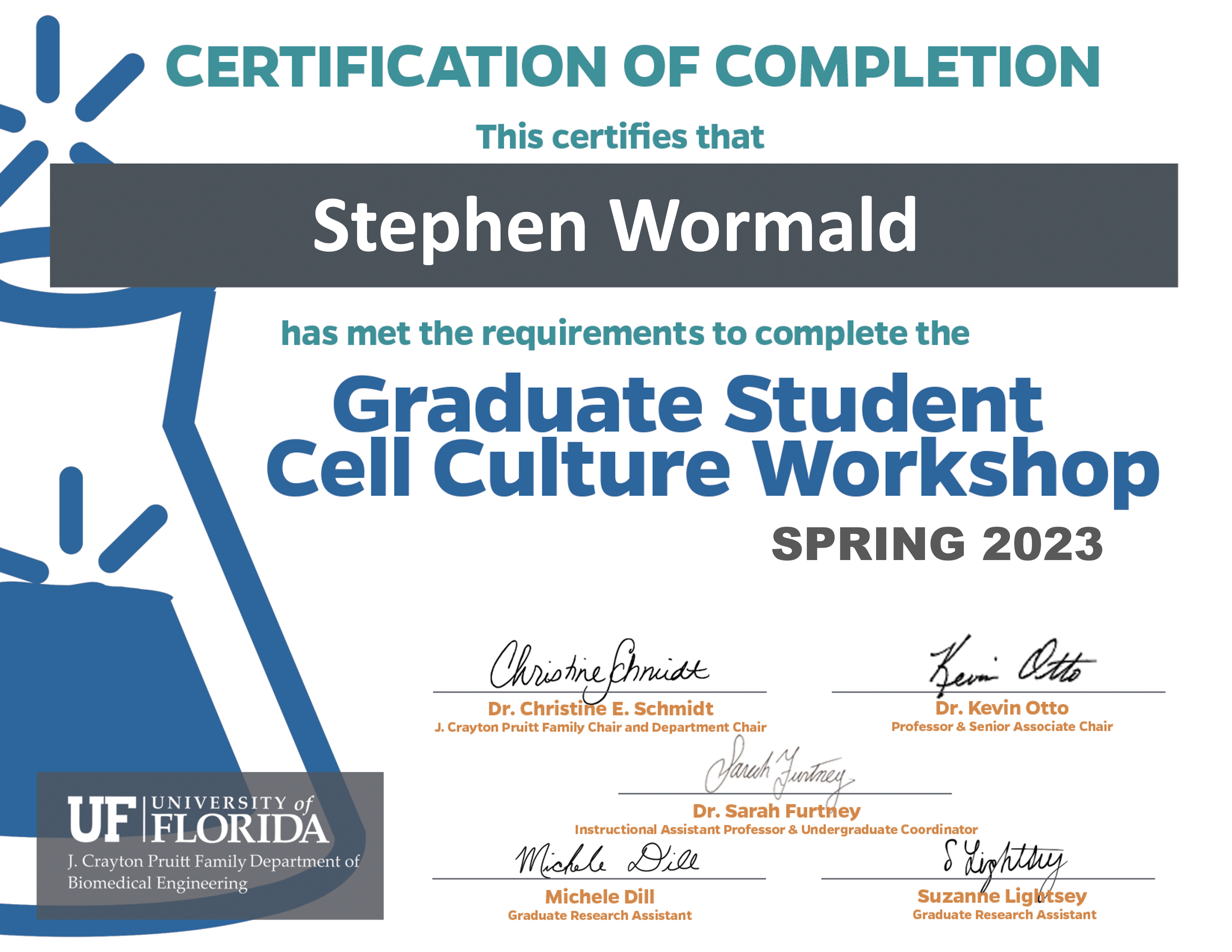
Fig. 4 Certificate of completion provided by lab mentors
